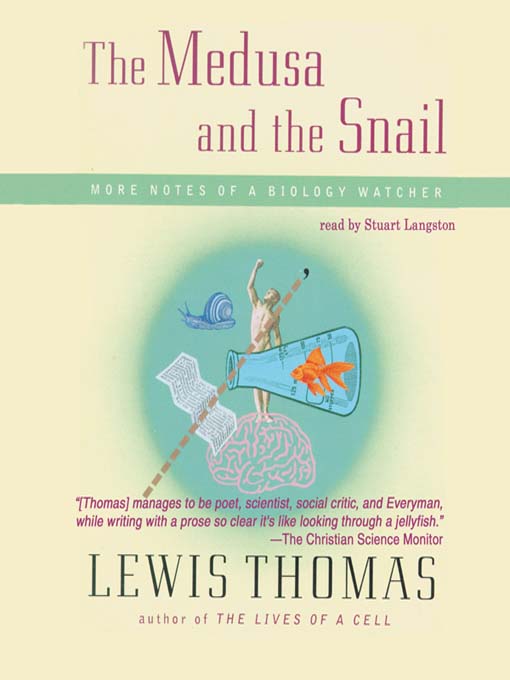
In class today, the students presented on their assigned grammar points. This exercise went well. I allowed students to give powerpoint presentations, which ended up being the only drawback. Unfortunately, these students mostly made eye contact with the projector, and not their audience. I will probably eliminate this option and require handouts instead. This way students can refer to handouts later on when they write papers. However, the great thing about word documents and powerpoint presentations is that these can easily be posted on the class blog (if you choose to have one, which I do).
By the end of the presentations students realize how difficult it is to get up in front of room full of people, and try to drill some knowledge into them. It can be awkward for the students, but in the end, it's a fun(ish) way to get through grammar. Some of my favorite grammar presentations are those that are creative. For example, one group made commas, colons, semi-colons, dashes, and periods out of sticky-notes, which were used for a grammar game. The class was split into teams, and each team raced to the board to try and fix a grammatically incorrect sentence using the sticky-punctuation. The winning team's prize? Candy, of course.
To wrap up grammar for the week, I assigned an essay by Lewis Thomas called "Notes on Punctuation," which is a short, fun digression on punctuation. Students have to read the essay for homework and write a Reading Response essay, and post it on the class blog. For the essay, click here (although, I photocopied the essay from his book The Medusa and the Snail).
Here is the assignment sheet I use for Reading Response Guidelines. These are general guidelines; when I want students to answer specific questions, I provide those in class or on the blog.
ENG100
General Reading Response Guidelines
You will be required to write five, 250-word Reading-response essays. Each essay must include a short summary of the text assigned, a response to the text assigned, and relevant questions regarding the text assigned. These are general guidelines and should be followed unless stated otherwise.Summary
Comprehension is vital in order to write about variety of texts. For this portion of the reading response write a short summary of the readings that address the following:
- What is this text about?
- What is the author trying to tell the audience?
- What are important themes that occur throughout the text?
- Why are these themes important?
You should be responding to the text in two ways:
- How does this text speak to YOU? I want to know how the assigned reading has affected your thoughts on the idea(s) presented in the text. How does this text make you feel? Do you agree or disagree with the author(s) points? Why? Does this text make you think about other texts you have read for this course or other courses? How? Would you like to read more from this author and why?
- You should also respond to your classmates' reading responses. Do your peers bring up any questions you would like address? You should elaborate on your peers' responses. Do you agree or disagree with points your classmates bring up regarding the text or their personal experiences with the text?
It is important that you not only read and respond to the assigned reading, but also question the text. All good writing shows maturity of thought. We should never accept what we read as it is.
- Is there anything in the text you didn't quite understand?
- Is there anything you would like to know more about?
- Do you have any questions for the author? For the class?
- How are your questions important for understanding the idea(s) presented in the text and in in-class discussions?
No comments:
Post a Comment